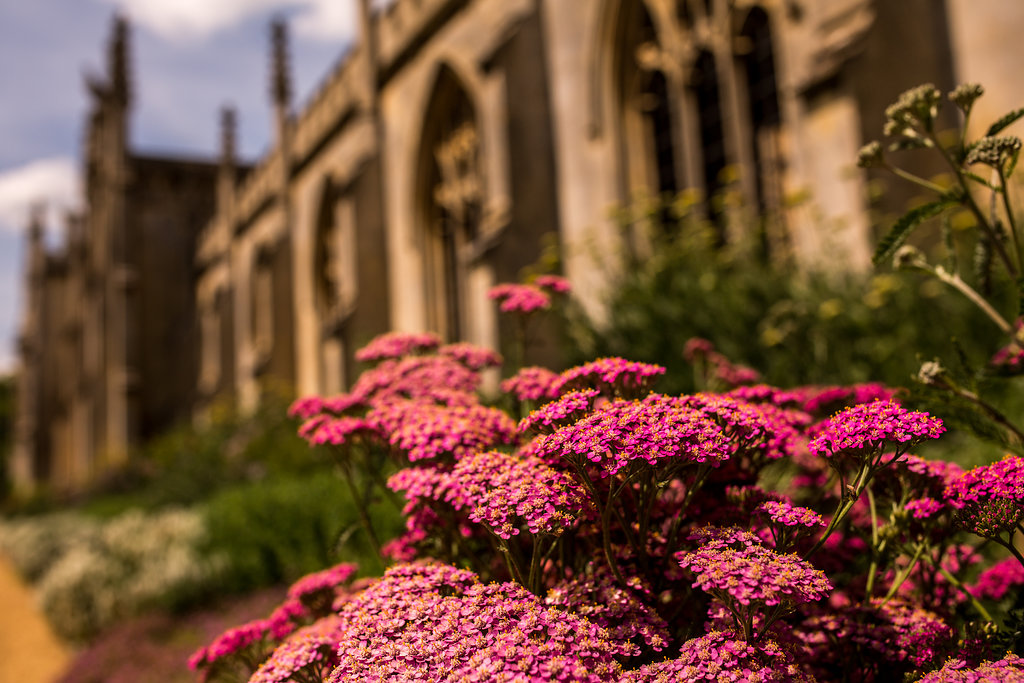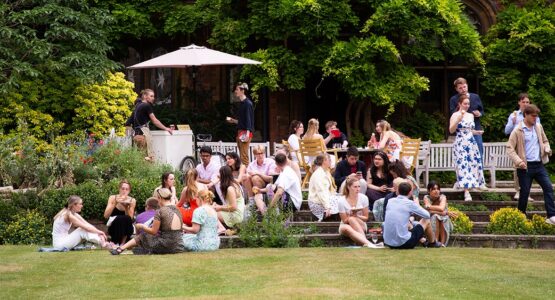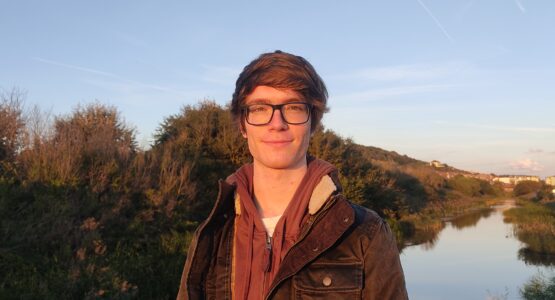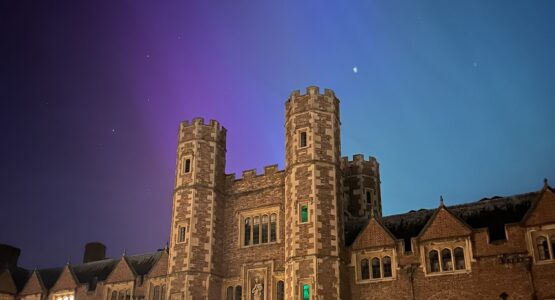The Climate Crisis Award is an annual award of £2,000 to fund a project contributing towards reducing the carbon footprint and improving sustainability at St John’s College. We talk to Simon Wilkinson (1967, Medical Sciences and Psychology), the donor of this fund, about why reducing the carbon footprint of the College is so important.
When I am working with vulnerable people as a child psychiatrist, one of the most important things is to make sure that survival comes before quality of life. The same mantra motivated me to look at our carbon footprint because if we don’t manage to address the climate crisis then we are not going to have the means of keeping going.
It is very hard to think about complex systems and to realise how things are affecting each other in an escalating fashion. Looking at biodiversity might seem sentimental to some people, but it is absolutely essential to recognise how things are interrelated and complexly interacting with reciprocal processes.
How we think about complex systems is one of the difficulties the bee project tried to address. I personally was fascinated because the project educated me about mason bees, and I learnt of the need for early season pollinators and their percentage of effective pollination. The difficulty seems to me to be how you manage to educate people rather than teach them about the role of biodiversity. By that, I’m thinking of that old quote from Albert Einstein about education being what remains when what you have been taught has been forgotten. My hope would be that the project educates people to ask questions and be curious – and to use their curiosity to look more at what the connection is between a bee sting and the change in the world.
A long time ago when I was at school I was introduced to Rachel Carson’s book Silent Spring by my biology master. It pointed out the subtle and indirect ways in which something that benefits one person can have enormous detrimental effects for the planet. We used to have beehives at school and I still remember there was a swarming in the middle of a biology lesson; the biology master was the one who had to go and deal with this swarming. When I left St John’s I wasn’t aware of all these issues, but I was thinking that matters are much more complex than people like to imagine. There is no point in sitting back and saying it’s all very well. My generation is the one who has burnt up the world and we have to try to catch up.
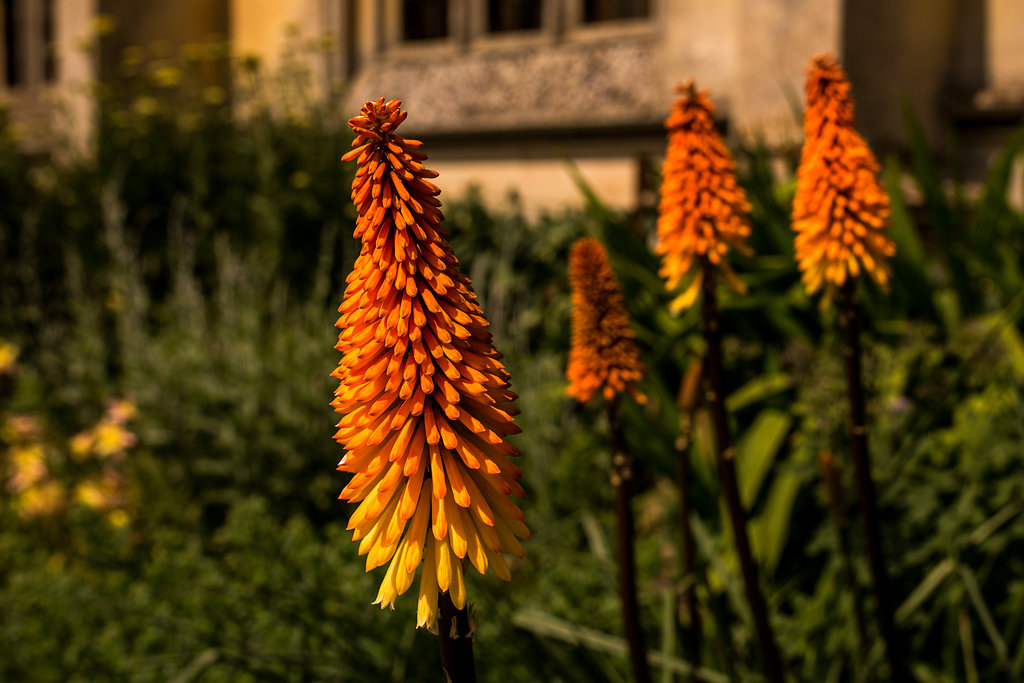
We spoke with Filip Boskovic (2018, Physics PhD), Benefactors Scholar and Campbell Stuart Matthews (2018, Physics PhD), President of the Beekeeping Society about why bees are so important to the biodiversity of the planet.
Human industrialization and chemical treatments in agriculture have resulted in a massive loss of biodiversity around the planet. According to the Environmental Audit Committee of the UK House of Commons’ 2021-2022 report, the United Kingdom is one of the world’s most nature-depleted countries; 15% of UK species are threatened with extinction. The goal of this project was to establish sustainable mason bee colonies across St John’s College by introducing mason bee nests and nesting hotels that would be utilised for nest monitoring and education. The project was led by Filip Boskovic, a molecular biologist and PhD student in Physics; and Campbell Stuart Matthews, a PhD student in Physics and president of the St John’s College Beekeeping Society, as well as a few other students. Filip and Campbell tell us a little more about the project below.
Why are you passionate about beekeeping?
We are passionate about beekeeping because it not only allows us to connect with nature on a deeper level but also provides a direct way to contribute to environmental sustainability. Bees play a crucial role in pollinating many of the crops we rely on, and their decline in recent years has made beekeeping an essential activity to help protect and restore the bee population.
Tell me about the project.
The project involved the installation of mason bee nests all around St. John’s College. If you see unusual ‘nests,’ these are insect hotels or mason bee nests. We started with a few stations around the gardens at St. John’s main site. The goal is to enhance pollination in the garden and nearby areas and to produce a sustainable population of these amazing pollinators.
What were some of the challenges?
A real challenge is the weather; unexpected cold snaps or excessively wet conditions can affect the bees’ health and honey production. That is one of the reasons why we picked solitary mason bees; they are more resistant to cold and can pollinate earlier than honeybees and in the worst conditions.
Do you have any highlights?
A major highlight was our first successful hatching of mason bees. After a year of inspecting the College properties, the mason bees expanded their populations and moved to new nests around the original hatching sites. Another highlight has been seeing the interest in beekeeping grow within the community, with more volunteers joining the society each year.
What impact do you think this will have on biodiversity at John’s?
The impact on biodiversity at John’s should be significant. Mason bees are vital pollinators, and by increasing their population, we can improve the health and variety of plant life in the area. This not only benefits the local flora but also supports a wider range of wildlife that relies on these plants for food and habitat. Additionally, hatching stations can be reused and cleaned, and are made to facilitate educational components. One can see through the cross-section glass design of this amazing architecture—where mason bees got their name!
Tell us about the beekeeping society.
The Beekeepers society operates its own apiary with four hives of honey bees. Members meet most Saturdays during Spring, Summer and Autumn to check on the hives. We carefully keep track of population levels, honey stocks and any signs of disease. There are typically two harvests per year from which we collect a total of around 100 kilograms of honey. The society is a great way for newcomers to learn how to keep bees and how honey is made.
Written by
Filip and Campbell are both Physics PhD students.
